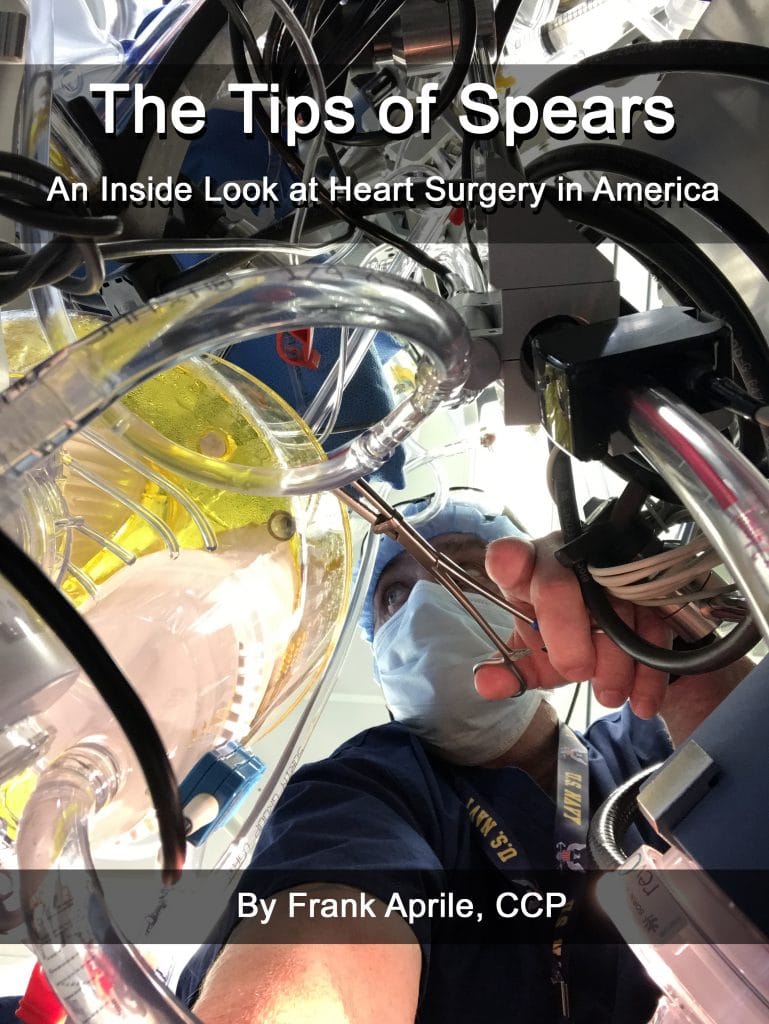Development of a Prototype Anti-Pollution Filter for Volatile Anesthetics

Introduction
The use of volatile agents during cardiopulmonary bypass allows a “single drug anesthesia” and is associated with reduced peak postoperative troponin levels. Connecting the exhaust systems to the oxygenator’s gas outlet port is mandatory and allows to prevent operating room (but not atmospheric) pollution by volatile agents. The aim of this study was to create a prototype filter for volatile agents and to test its adsorption efficacy during an ex-vivo simulated conventional cardiopulmonary bypass test.
Methods
We carried out bench tests to conceive a prototype filter that could prevent room and environment pollution without damaging membrane oxygenators. We performed the tests at the Engineering Center for Circulatory Assistance Laboratory, Dante Pazzanese Institute of Cardiology, São Paulo, Brazil. Bench tests included simulation of integral adsorption tests, filter dimensions and design, flow versus pressure curve, sizing, and tightness.
Results
Calgon AT 410 was the best kind of activated charcoal granules for adsorption of sevoflurane, isoflurane, and desflurane. Filter dimension tests showed that a chamber of 30-cm width over 10-cm diameter filled with 200 g of the Calgon AT410 granules was the minimum required to fully adsorb sevoflurane for 90 min. Adsorption tests showed that the prototype filter fully adsorbed isoflurane in 100 ± 2.3 min, sevoflurane in 95 ± 3.4 min, and desflurane in 95 ± 4.3 min.
Conclusion
The new version of our prototype filter adsorbed most of the volatile anesthetics agents during an ex-vivo simulated conventional cardiopulmonary bypass test.
